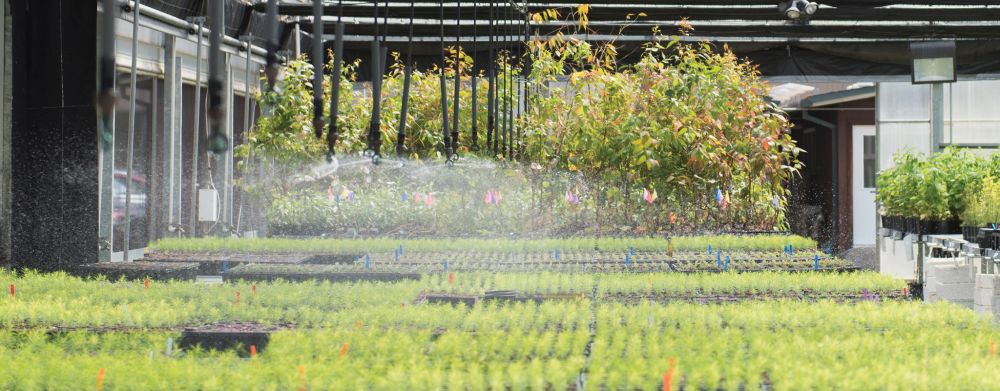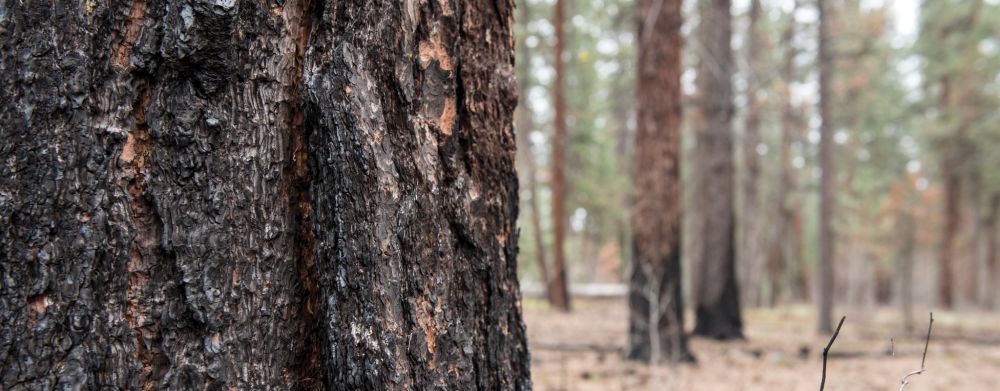
Transforming commitment to diversity, equity and inclusion into action
The College of Forestry focuses on creating a diverse, equitable and inclusive environment where staff and students, regardless of race, culture, gender identity, disability and sexual orientation are valued, supported and know they belong.
“We want to support and facilitate increased participation in DEI learning and action among the College of Forestry faculty, staff and students,” says Tom DeLuca, Cheryl Ramberg-Ford and Allyn C. Ford Dean of the OSU College of Forestry. “By increasing awareness of how many among us participate in and gain influence from systems of privilege and oppression, we can be better equipped to counter these systems and create a more diverse, equitable and welcoming community in our college, university and nation.”
Responding to the events of the past few years, including the murder of George Floyd and subsequent Black Lives Matter protests, the College of Forestry has made a strong commitment to building awareness and breaking down the barriers that oppress and suppress Black, Indigenous and other people of color within our country, the college and the broader fields of natural resources and forestry.
In the Fall of 2019, the college restructured the DEI committee into a seven-member workgroup to advance the actions in the DEI strategic plan and provide learning opportunities for the entire college. The college also established three taskforces to address curriculum and pedagogy, community building and inclusion, and recruitment and retention. Now, in addition to the college leadership team, 25 people are actively involved in achieving shared DEI goals. Led by Michele Justice, DEI Workgroup Lead, they have coordinated numerous events for college stakeholders to expand knowledge and change the college’s institutional culture.
Sampling of DEI accomplishments AND IMPACTS
• In June 2020, Bill Ripple, distinguished professor of ecology and Richardson Chair, generously funded the purchase of an anti-racist book for any staff member who requested one and distributed over 125 books. The college also launched a Commitment to Change scholarship, providing funds for DEI-related professional growth activities for all employees and graduate students.
• Michelle Maller, WSE internship and education coordinator, helped create “Breaking the Grain,” a women’s group designed to encourage networking and mentoring for females working in the forest products industry in the Pacific Northwest. Members meet quarterly for discussion and interaction with students from the Wood Science and Engineering program.
• The College of Forestry established new relationships with Hampton, Florida A&M and Tuskegee (all Historically Black colleges and universities (HBCUs) and Kootenai Salish College as part of a submission to USDA’s Agricultural and Food Research Initiative (AFRI) for a Research and Extension Experiences for Undergraduates Fellowships programs.
• The college designed and positioned outside the Dean’s office in the George W. Peavy Forest Science Center a statement acknowledging that the land currently occupied by OSU is the traditional homeland of the Kalapuya.
• Faculty have been working to incorporate DEI in meaningful ways into classes and mentoring. Associate professor Meg Krawchuk included a new syllabus statement on pronouns and an open discussion of pronoun use with her classes on the first day. Assistant professor Ashley D’Antonio and Troy Hall, professor and Forest Ecosystems and Society Department head, hosted joint lab group discussions around diverse perspectives, such as the book Braiding Sweetgrass by Robin Wall Kimmerer.
• Assistant professor Reem Hajjar developed modules on decolonizing methodologies for her research methods class.
• Every request for proposal issued by the College of Forestry Research Office for internally-funded projects now requires a description of how the project addresses equity and inclusion of diverse perspectives.
• The Research Forests faculty, staff and student team developed and engaged in informal pieces of training focused on understanding Oregon’s history of racism, white privilege and implicit bias. The training focused on what they can do as land managers, teachers, and students to advance the representation of BIPOC in outdoor recreation.
Student Groups & Organizations
• College of Forestry ambassadors participated in the Equal Opportunity and Access responsible employee training program, the Social Change Workshop with Community Engagement and Leadership, and helped with the Louis Stokes Alliance for Minority Participation (LSAMP) Bridge program.
• The Traditional Ecological Knowledge Club (TEKC) was formally established in Spring 2020 and hosts events to educate student peers and the wider community on Indigenous ways of understanding the natural world.
Student Recruitment & Admissions
• International students bring diversity to the College of Forestry, comprising more than 30% of the college’s graduate student population.
• Female students now represent 39 percent of the college undergraduate student population while underrepresented minorities (self-reported) make up 12 percent of the student body. Over the past five years, enrollment of female students is up 49 percent, while enrollment of underrepresented minorities is up 30 percent.
• 10 percent of COF students are Veterans or military-connected (compared to 3 percent of OSU’s student population), and 32 percent self-identify as the first in their families to attend college (compared to 24 percent of OSU’s student population).
This story was part of the College of Forestry’s 2019-2020 Biennial Report.









